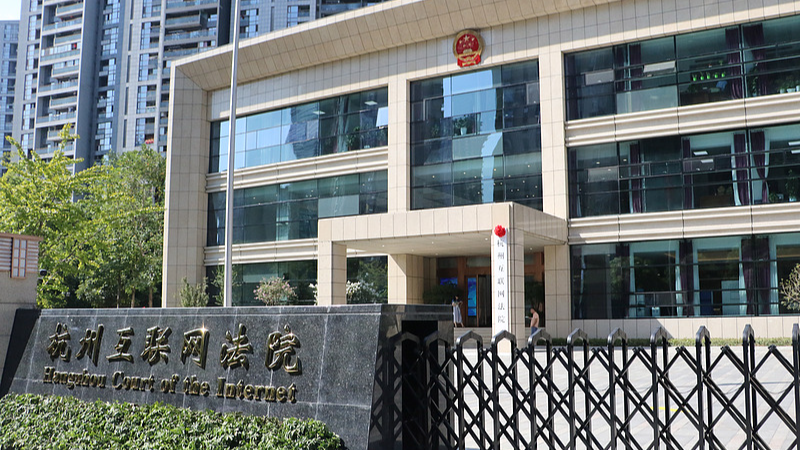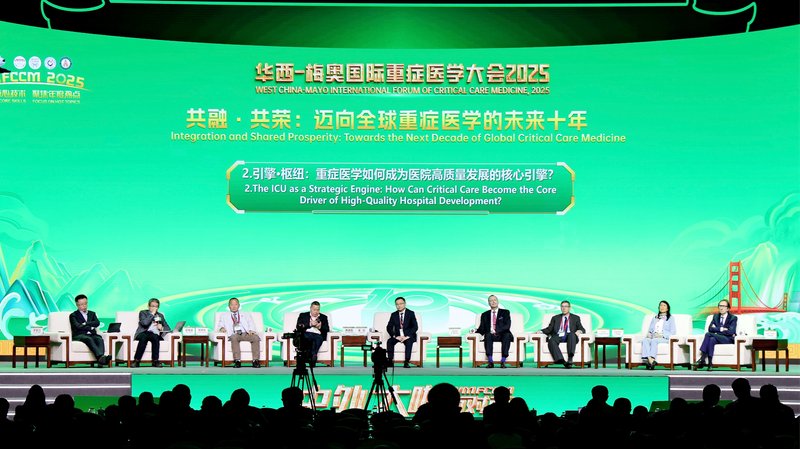For Professor Li Ling, Chair Professor of Humanities at Peking University, the return of cultural relics is more than a national victory – it's a journey into our shared past. As a pioneer in Chinese archaeology and paleography, he's dedicated decades to tracing the trails of the Chu Silk Manuscripts, China's earliest known silk texts.
A Silk Journey Through Time
Unearthed in 1942 in Changsha, the Chu Silk Manuscripts were quickly dispersed, making stops in private collections and museums across the globe. Over nearly 80 years, their fragments have told stories of ancient rituals, literature and law, offering rare insights into early Chinese civilizations.
Milestone Repatriations
Recently, volumes II and III returned from the United States to the Chinese mainland, marking a landmark in international cooperation on cultural heritage. Yet Li Ling's work isn't done. He still awaits the return of the first and most complete volume, hoping it will one day stand alongside its counterparts in Changsha.
Piecing Together History
For Li, each recovered scroll is a piece of a larger puzzle. Beyond national pride, he views these manuscripts as windows into the world's unfinished history – reminding us that cultural heritage is a global inheritance, one that transcends borders and generations.
Reference(s):
cgtn.com




